Optimal Seasons for Siding Service
Choosing the optimal time for siding service depends on various factors including weather conditions, temperature, and the specific requirements of the project. Proper timing ensures quality installation, durability, and long-lasting results.
Spring offers moderate temperatures and longer daylight hours, ideal for siding installation and repairs.
Summer provides warm weather, but extreme heat can affect materials and working conditions.
Fall's cooler temperatures and dry weather create favorable conditions for siding projects.
Winter typically presents cold and potentially icy conditions, making it less suitable for siding service.
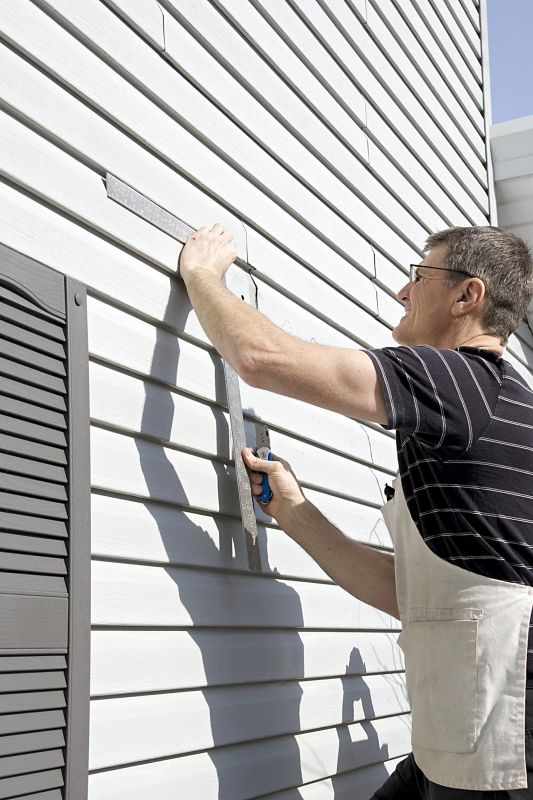
Ways to make Siding Service work in tight or awkward layouts.

Popular materials for Siding Service and why they hold up over time.
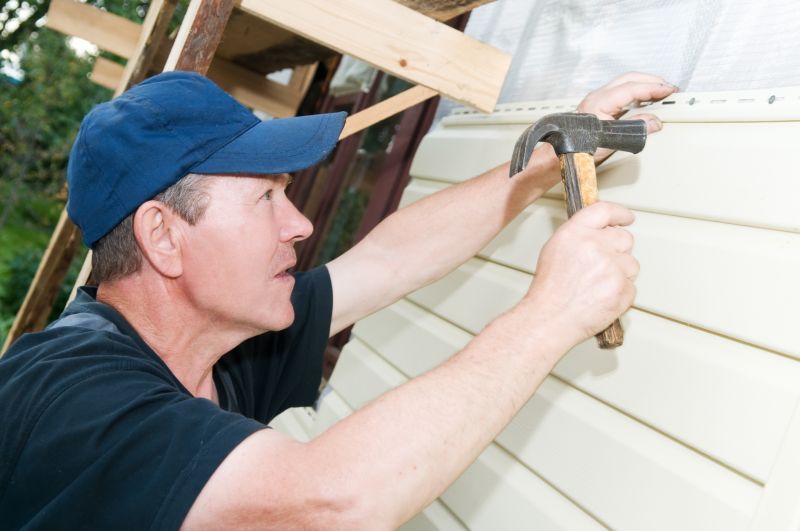
Simple add-ons that improve Siding Service without blowing the budget.

High-end options that actually feel worth it for Siding Service.

Finishes and colors that play nicely with Siding Service.

Little measurements that prevent headaches on Siding Service day.
| Season | Ideal Conditions |
|---|---|
| Spring | Moderate temperatures, longer days |
| Summer | Warm weather, dry conditions |
| Fall | Cooler temperatures, dry weather |
| Winter | Cold, icy conditions |
Siding service involves the installation, repair, or replacement of exterior siding materials that protect buildings from weather elements and enhance curb appeal. Proper timing can prevent issues such as material warping, cracking, or moisture intrusion. Statistics indicate that siding projects completed during optimal weather conditions tend to have longer-lasting results and fewer callbacks.
The choice of season impacts the quality and longevity of siding work. For example, siding installed during spring or fall benefits from moderate temperatures that facilitate proper adhesion and curing. Additionally, scheduling siding service during these periods can help avoid delays caused by adverse weather conditions common in winter or peak summer heat.

A 60-second routine that keeps Siding Service looking new.
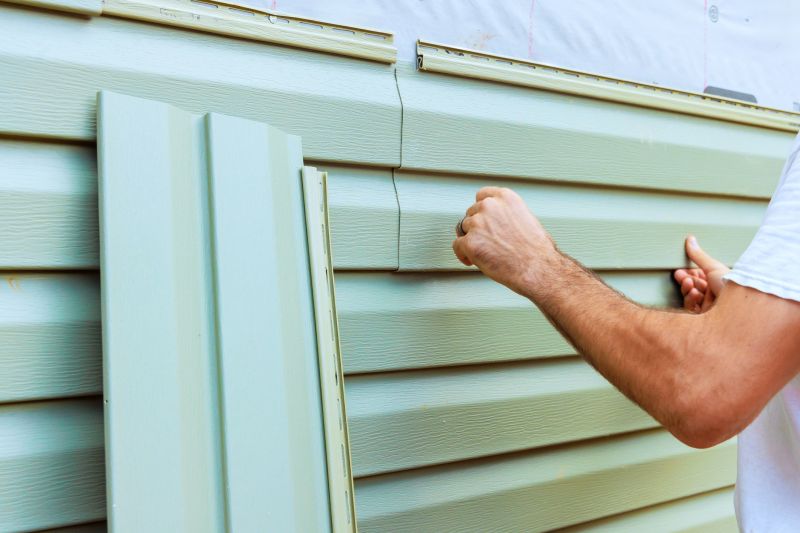
A frequent mistake in Siding Service and how to dodge it.
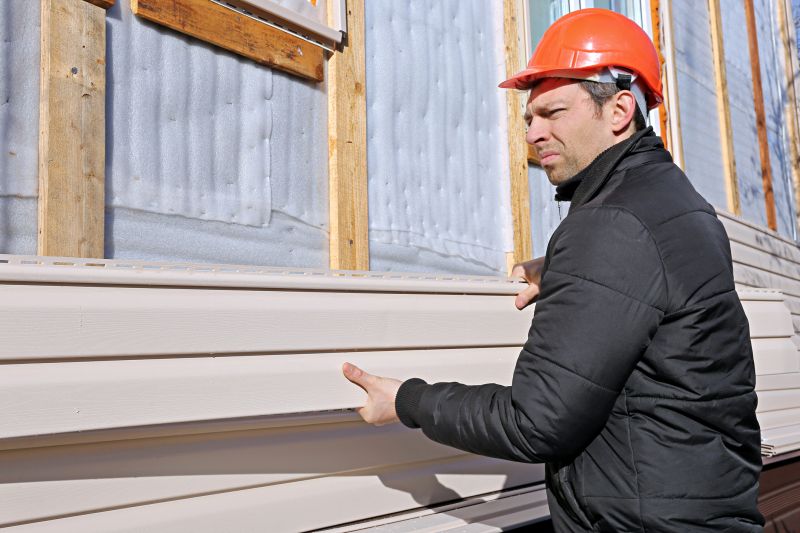
Small tweaks to make Siding Service safer and easier to use.

Lower-waste or water-saving choices for Siding Service.
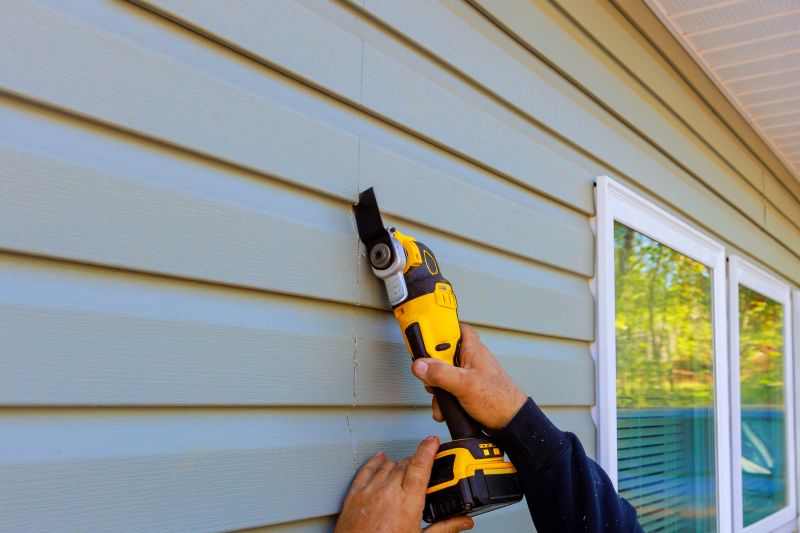
The short, realistic tool list for quality Siding Service.
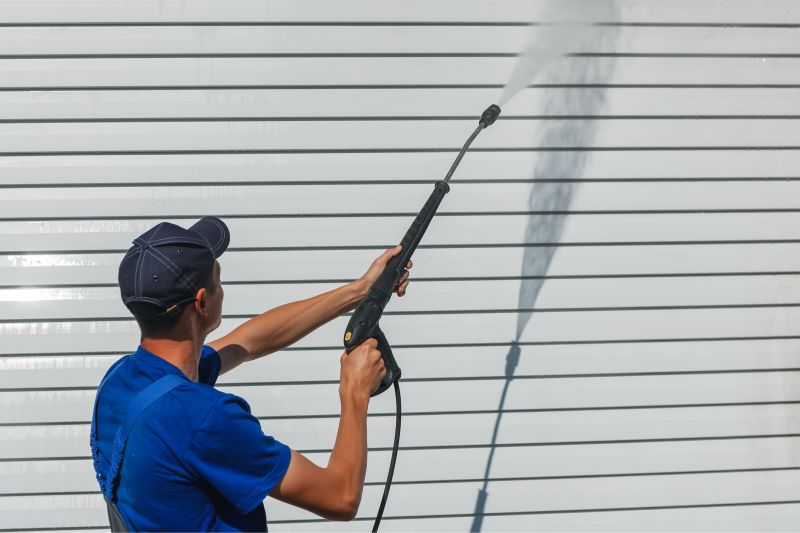
Rough timing from prep to clean-up for Siding Service.
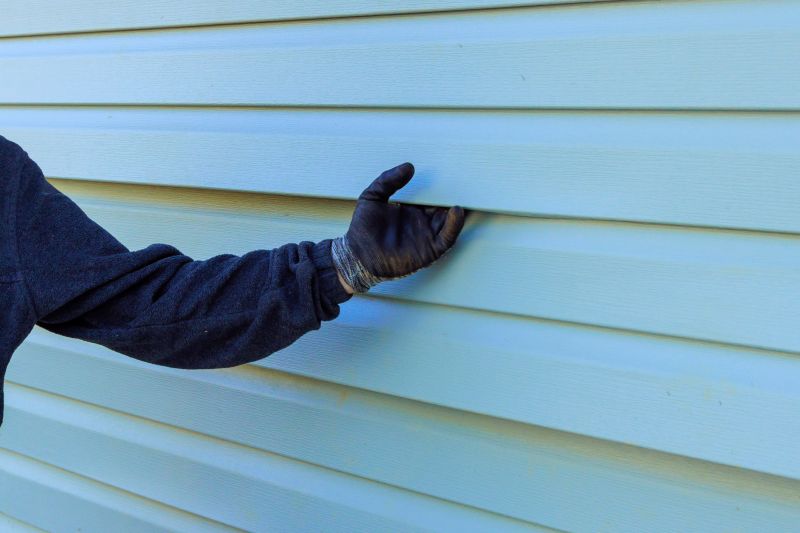
Quick checks and paperwork to keep after Siding Service.
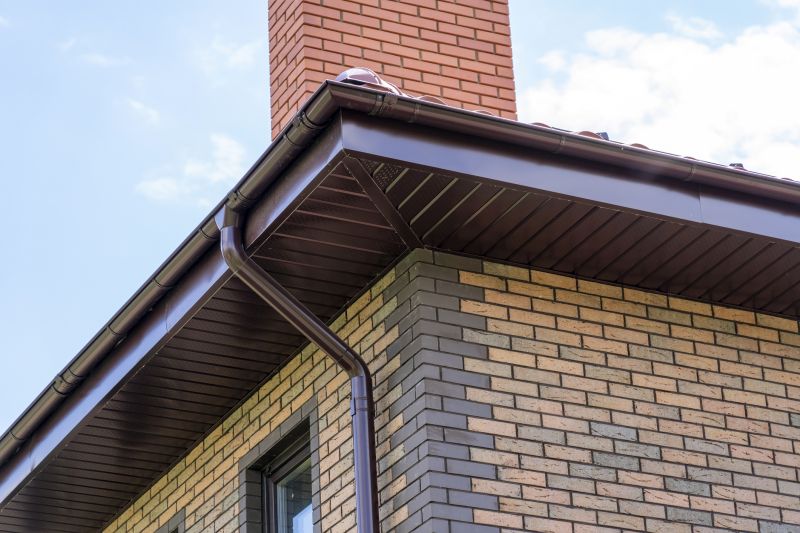
Examples that show the impact a good Siding Service can make.

Ways to make Siding Service work in tight or awkward layouts.
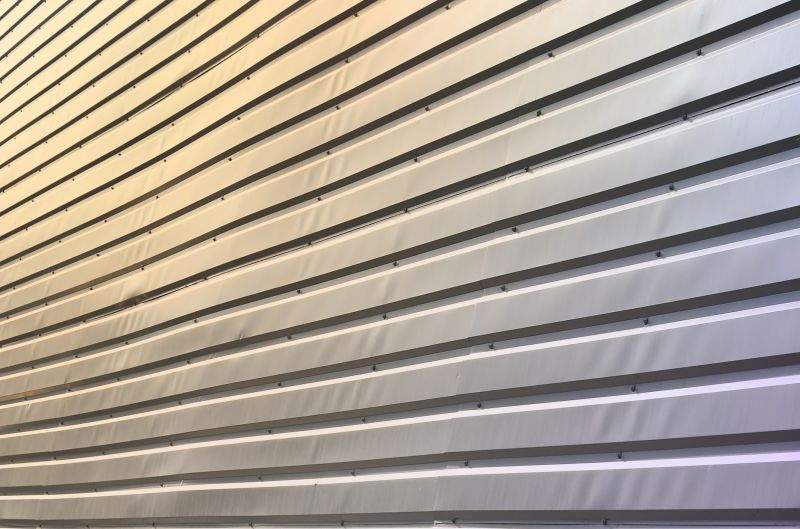
Ways to make Siding Service work in tight or awkward layouts.
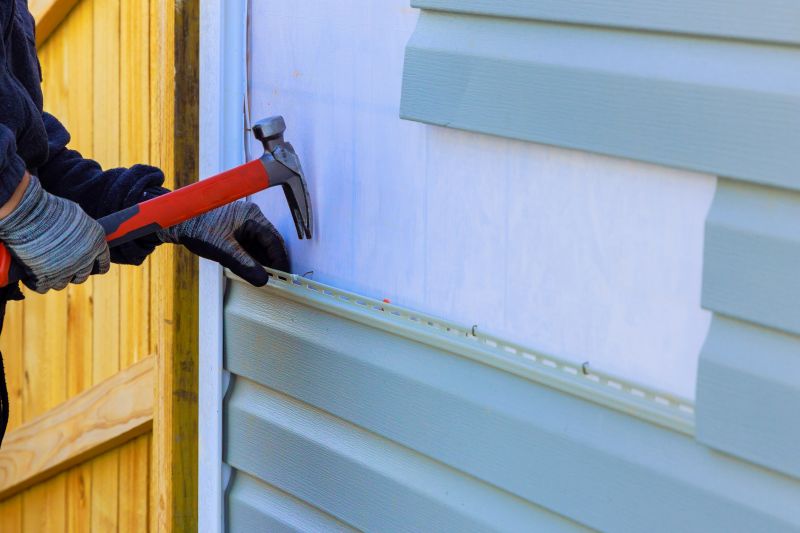
Ways to make Siding Service work in tight or awkward layouts.
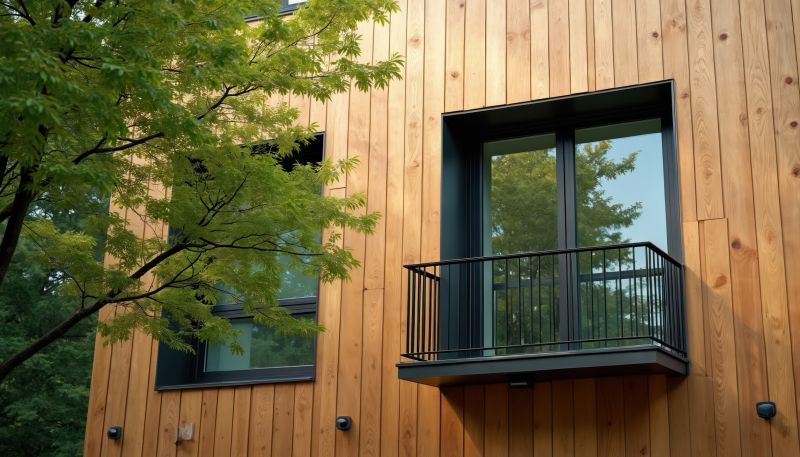
Ways to make Siding Service work in tight or awkward layouts.
The duration varies based on project size and weather conditions, but most installations take from a few days to a week.
While possible, winter installation is less common due to cold and icy conditions that can affect material performance.
Spring and fall are generally ideal for repairs due to favorable weather and moderate temperatures.
Extreme temperatures and moisture can cause materials to warp, crack, or degrade faster if installed during unsuitable conditions.
Scheduling siding service during the appropriate season can enhance the quality and longevity of the work performed. Consulting with a siding professional can help determine the best timing based on local climate conditions and project scope. Interested individuals are encouraged to contact for further information or to schedule an assessment.

